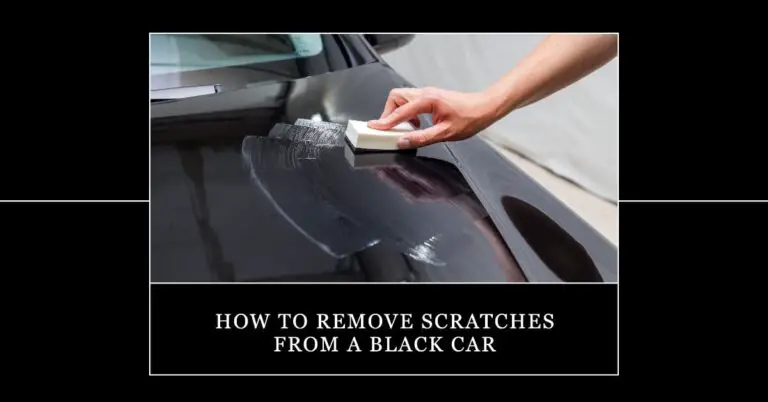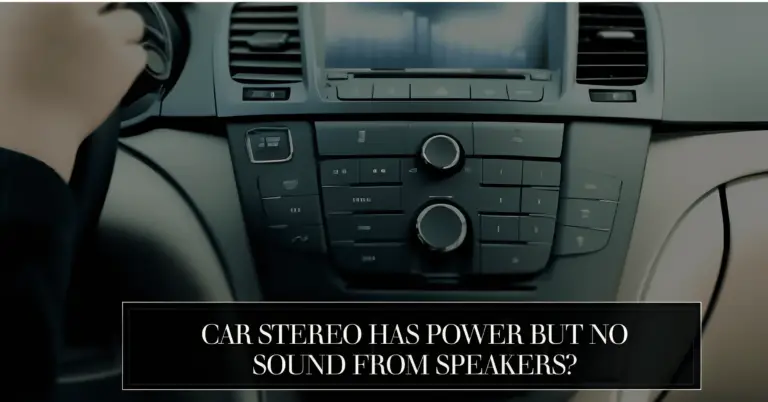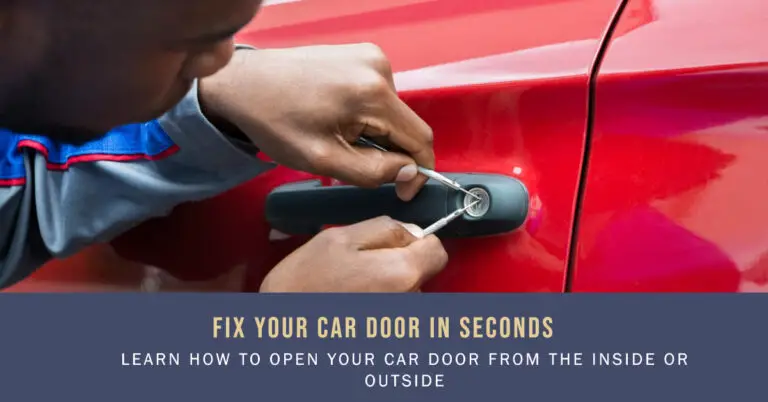Car Exteriors Mastery Guide

The exterior of a car encompasses all the visible elements on the outside of the vehicle. It is the first thing people notice about a car and plays a major role in the overall aesthetics and appeal. The exterior design showcases the style, character, and engineering of the car. In this comprehensive guide, we will explore the various exterior components of cars, their functions, latest trends and innovations.
Table of Contents
Main Exterior Components
Body
The body or body shell is the baseline structure and primary exterior component. It provides the underlying base frame to which all other exterior parts are attached. The body comes in different configurations based on the type of car – sedan, hatchback, SUV, crossover etc. Materials used include steel, aluminum, carbon fiber, plastic composites. The body covers and protects mechanical components and passengers. Newer unibody constructions integrate chassis into body for lighter weight and strength.
Doors
Doors allow passengers to enter and exit the vehicle. Typical 4-door cars have two front doors for driver and passengers, and two rear doors accessible from back seats. Doors house windows, mirrors, controls and speakers. Materials include steel, aluminum and even carbon fiber for exotic vehicles. Door construction varies from regular hinges to complex articulating scissor and butterfly doors in sports cars. Latest innovations include automatic self-opening doors.
Windows
Windows or windshields provide visibility and enclose the cabin. Front windshields are made of specialized laminated glass and can incorporate heating, LED defrosting, rain sensing and head-up displays. Side and rear windows are tempered glass. Power windows raise/lower electronically via switches. Smart glass technology allows adjustable tinting opacity. Panoramic glass roofs are growing in popularity.
Wheels and Tires
Wheels literally get the vehicle moving and are the only contacting component with the road surface. Wheels come in steel, alloy and custom forged varieties from sizes 12” to 24”. Tires provide essential traction, braking and ride quality. Various tread patterns, compounds and rating systems allow different levels of performance. Recent trends include low-profile tires, run-flat tires and mixing wheel sizes.
Roof
The roof or top covers and seals the upper portion of the cabin. Roofs can be fixed hardtops or convertible soft tops that retract. Sunroofs and moonroofs enhance open-air feeling by creating openings in the roof. Some roofs incorporate roof racks for increased storage. Luxury vehicles may have insulated, noise-reducing roofing.
Mirrors
Rear view and side mirrors provide expanded viewing angles around the vehicle. Mirror housings contain the glass, positional adjustments and supplemental turn signals. Heated mirrors prevent frost accumulation in cold climates. Auto-dimming mirrors reduce glare from rear traffic. The latest innovation is digital video mirror systems with built-in displays.
Windshield and Windows
The windshield provides a clear forward view. Laminated glass prevents shattering, while rain-sensing wipers keep it clear. Heated windshields use embedded wires to de-ice itself in cold weather. Tinted top bands prevent direct sunlight from blinding the driver. Side and rear windows increasingly have UV coatings and flush, aerodynamic mounts. Power windows are operated via electric switches.
Bumpers
Front and rear bumpers sit at opposite ends of the vehicle exterior. Bumpers absorb low-speed impacts, protect bodywork and allow recovery from small collisions. Material varies from molded plastic on small cars to rigid steel or fiber-reinforced plastic on SUVs. Modern bumpers often integrate aerodynamic spoilers, air intakes and skid plates. Sensors hidden behind enable advanced collision detection.
Grille
The grille protects the radiator and allows air flow for engine cooling. It defines the front fascia and gives the car a unique personality. Grilles utilize different patterns like meshed, slatted and solid. Upscale models may have striking chrome grilles, while sport models feature bold, angular shapes. Active grill shutters optimize airflow and reduce drag at speed.
Lights
Exterior lighting provides illumination and enhances styling. Headlights and tail lights frame the front and rear. Reflector or projector systems produce low and high beams. Daytime running lights and LED accents give distinctive appearance. Turn signals, reversing lamps and reflectors provide additional functionality. Adaptive headlights point lighting based on steering direction.
Trim
Exterior trim finishes the shape of the bodywork. Chrome and other bright accents contrast against the main color. Bodyside molding runs along the doors and quarter panels. Door handles, mirrors, window frames, roof rails and antenna also constitute trim. These highlights can be color-matched or use wood, carbon fiber or metallic accents for customization.
Spoilers
Aerodynamic spoilers minimize drag and boost high-speed stability. Small lips deploy at speed to change airflow. Rear spoilers also increase downforce over the drive wheels. Aftermarket options allow more aggressive designs for enhanced performance. Spoilers may incorporate brake lights and become a signature design cue.
Running Boards
Running boards ease step-in height on lifted SUVs and trucks with a mid-vehicle foot platform. Aerodynamic designs and automatic power deployment are used on luxury vehicles. Chrome finish with LED accent lighting is popular for enhancing appearance. Off-road focused trucks have more rugged steel tubes to prevent damage over tough terrain.
Exterior Styling & Design
The exterior design sets first impressions and strongly conveys the essence of the vehicle. Style expresses brand identity and positions the model in the market. Design elements like shape, lines and details combine to create unique looks. Beyond aesthetics, the exterior must also meet engineering, performance and regulations. Let’s explore key aspects of exterior design language:
Lines and Shapes
Flowing lines that run front to rear convey speed and grace. Angular creases can depict power and athleticism. Shapes like oval grilles and trapezoidal lower intakes provide character. Sweeping curves emphasize luxury. The overall silhouette and proportions give the initial visual impact.
Fascia Styling
The front and rear fascias include bumpers, grilles, intakes and lights that define the personality. Brand styling cues like massive grilles establishes identity. Sporty fascias are more aggressive, with enlarged intakes and vents. Off-road models feature skid plates and scuff pads for rugged aesthetics.
Badging and Details
Model names, logos and emblems identify the brand and trim. Chrome lettering and oversize logos exude prestige. Sporty scripts and jet-black accents signal performance. Backlit symbols and 3D badges add depth. Small details like fuel doors, Strake vents and tow hooks reinforce intentional styling themes.
Stance and Proportions
The vehicle’s stance conveys the balance, ground clearance and poise of the body. A wide, low crouch hints at power and handling. High ground clearance adds rugged ready appeal. Overhangs fore and aft give proportion. Wheel size, tracks width and accent colors enhance visual massing impact.
Aftermarket Customization
Aftermarket mods allow owners to put a personal stamp on their rides. Custom front lips, side skirts, and rear diffusers tweak aerodynamic performance. Suspension lowering gives a slammed look. Big wheels with low-profile tires fill out the wells. Window tints, color-matched details and exterior wraps make it your own.
Latest Exterior Technologies
Automakers constantly innovate exterior systems to improve aesthetics, functionality and efficiency. Here are some of the latest tech advancements transforming exteriors:
OLED Lighting
OLED (organic LED) lighting offers energetic designs using ultra-thin panels. Tail lamps and headlights gain animated signatures, pulsating turn signals and flowing designs not possible with bulbs. OLEDs also enable interactive communication with surroundings.
Active Grille Shutters
Powered flaps behind the grille automatically close when less engine cooling is needed. This reduces aerodynamic drag for improved fuel efficiency, especially useful during highway cruising.
Exterior Cameras
Cameras replace conventional side mirrors for enhanced aerodynamics and visibility. Multiple feeds are stitched into side displays within the cabin. Cameras provide expanded views including down alongside the vehicle.
Smart Glass & Surfaces
Electrochromic glass, coatings and panels dynamically adjust opacity, reflectiveness and color. Windows can tint on demand for glare reduction or privacy. Exterior surfaces change hue to match surroundings. Panels become screens for displays and notifications.
360-Degree Camera Systems
Multiple digital cameras provide complete surround views of the exterior on the vehicle displays. Stitching technology combines feeds for an overhead perspective. This helps with parking, obstacles and off-roading where visibility is limited.
Wireless Charging
Exterior transmitters allow wireless inductive charging simply by parking over ground pads. Advanced systems even utilize in-motion charging via roadway embedded coils to extend range. This provides quick, convenient charging without cables.
Self-Cleaning Coatings
Nano-engineered paints and glass coatings utilize hydrophobic properties to prevent water and debris accumulation. Dirt and moisture roll off easily with these self-cleaning surfaces, reducing maintenance needs.
Adaptive Lighting Systems
Smart headlights aim beams according to steering input for enhanced illumination around curves. Adaptive high beams selectively block areas from oncoming traffic to avoid blinding others while maximizing visibility.
Exterior Digital Displays
Configurable LED panels give animation and information on the exterior bodywork. Displays vary the patterns and content to suit the mood, music or navigation prompts. Messages alert surroundings like upcoming turns or charging status.
Scent Release
Most notable in electric vehicles, exterior vents diffuse pleasing scents outside the vehicle. Customizable aromas enhance the user experience and can signal arrival. Scent modes may coordinate with interior cabin scents.
Biometric Entry Systems
Fingerprint, facial recognition or other biometric sensors authorize and unlock the vehicle without keys or fobs. This allows seamless entry and enhances security over physical keys. Many systems incorporate flush sensors that only activate when needed.
Exterior Care & Maintenance
Proper care maintains the vehicle’s exterior in showroom condition. Here are some tips for keeping your car’s exterior in top shape:
- Hand wash regularly using automotive detergents. Avoid abrasive cleaners. Rinse thoroughly.
- Wax paint quarterly to protect and add shine. Buff gently to remove product haze and waterspots.
- Inspect frequently for chips and dings. Touch up paint prevents corrosion and rust. Fix larger damage promptly.
- Clean wheels weekly to prevent brake dust buildup. Use specialty wheel cleaners and soft brushes.
- Replace wiper blades annually or when streaking occurs. Keep the windshield glass clean inside and out.
- Check exterior lights, turn signals and reflectors monthly to ensure proper illumination.
- Inspect weatherstripping on doors, windows and roofs. Reseal or replace deteriorated seals to prevent water intrusion.
- Treat leather, vinyl and plastic exterior trim with conditioners to prevent fading and cracking.
- Adjust side mirrors before each drive to optimize rear visibility. Keep mirrors clean.
- Clean chrome and other shiny trim gently with specialized polishes to avoid scratching. Avoid harsh chemicals.
- Have dents, scratches or rust spots on the body professionally repaired and touched up to protect underlying metal.
Regular washing, polishing, touching up and conditioning of the exterior will keep your car looking its absolute best for years to come. Protect the paint finish and address problems promptly.
Summary
The car’s exterior encompasses every visible component outside the cabin. Attractive, innovative design visually conveys the vehicle’s spirit. The body structure, lighting, glass, trim, fascias and other elements combine seamlessly. OEMs devote enormous resources into sculpting exteriors that attract buyers and effectively compete in the marketplace. Beyond aesthetics, exteriors must also meet strict functional requirements. Advanced materials and technologies continue improving exterior performance and capabilities.
With proper maintenance and care, your car’s exterior will provide lasting beauty and satisfaction. This mastery guide covers the key components, design considerations, latest technologies and best practices for understanding and caring for car exteriors.







